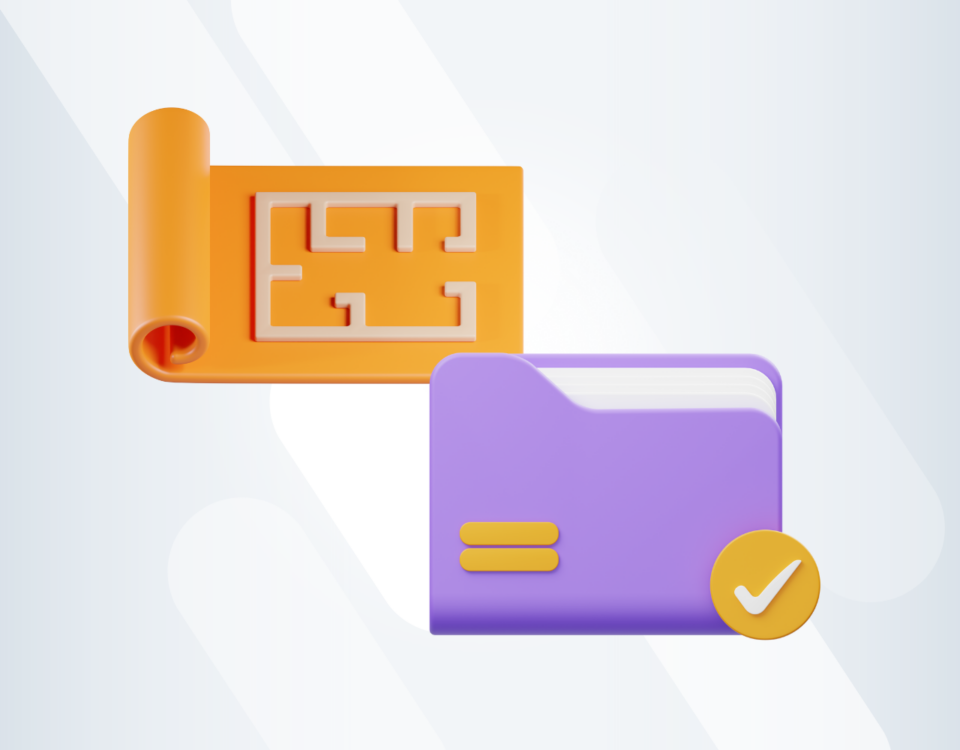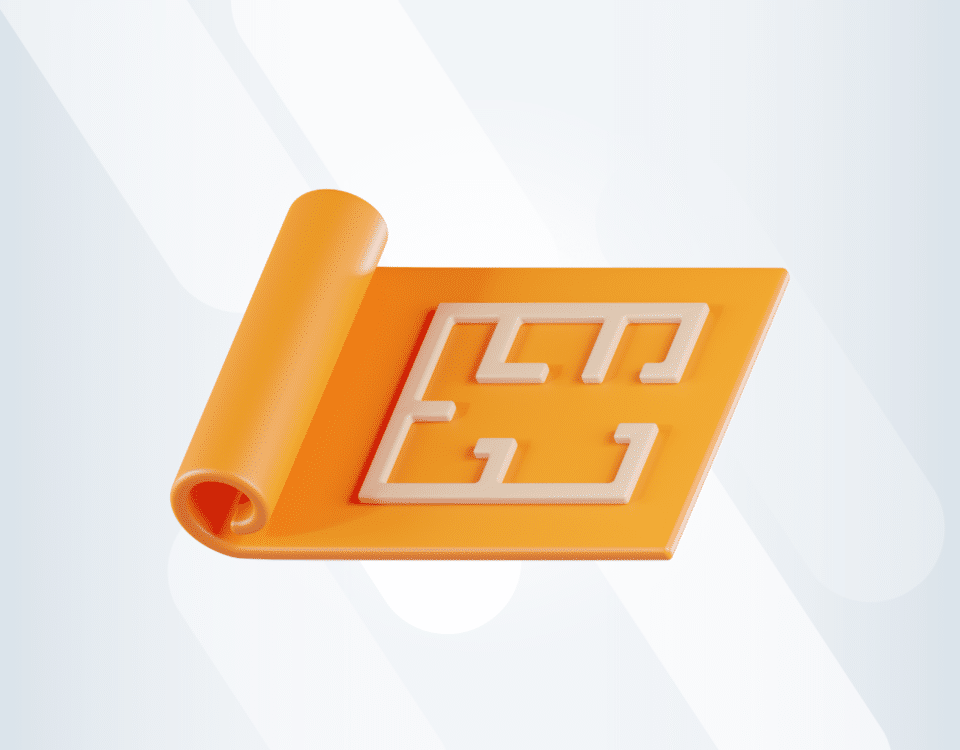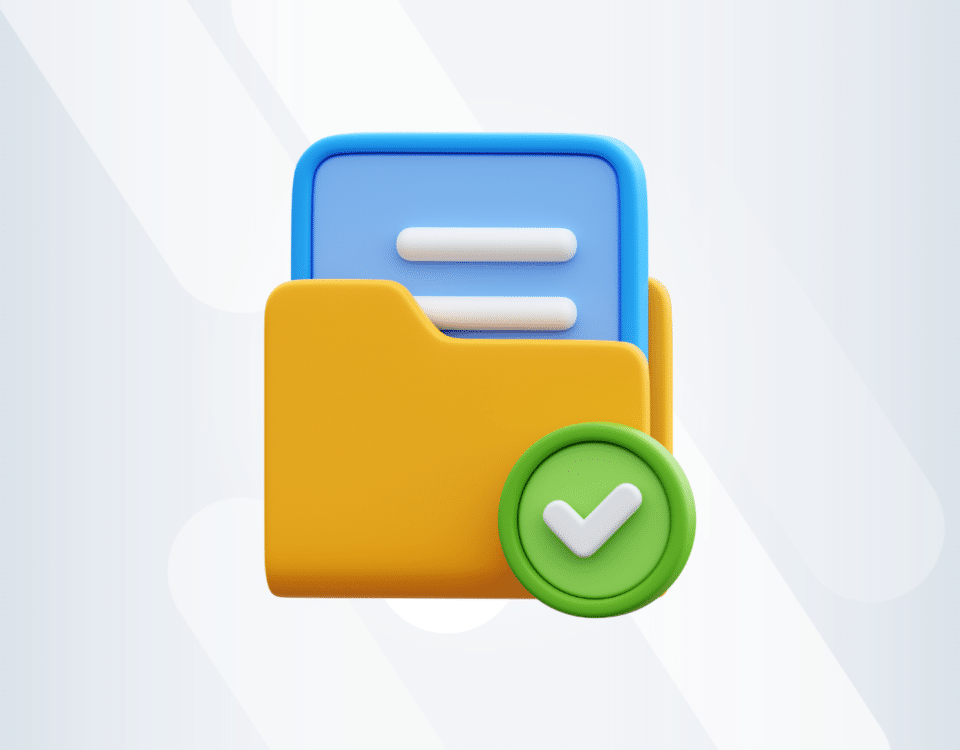Construction Tips, News & Best Practices
The Internet of Things in Construction: Applications and Benefits
The Internet of Things (IoT) is growing more vital to construction. Let’s look at 3 applications and benefits of IoT in the industry right now.
Internet of Things in The Construction Industry
When John Romkey connected a toaster to the internet in 1990 and toasted his bread, nobody could have predicted how powerful this type of technology would become.
This was the first example of how “things” become smart by connecting them to the internet.
The term Internet of Things (IoT) refers to physical objects enhanced with technological software and sensors or trackers that can communicate with each other by exchanging and generating data.
This technology is applied widely across different industries, including agriculture, smart cities, cars, smart homes, supply chain management and healthcare. The number of globally active IoT devices is expected to surpass 25.4 billion by 2030.
Let’s explore the range of applications for IoT technology on modern construction sites.
IoT Applications in Construction:
- 01
Health & Safety On-Site
The IoT can improve workplace health & safety in several ways:
Wearables worn by workers, like smart wristbands and clip ons, pass information to whoever needs it by the web.
The device measures heart rate or body temperature to check health.
When workers enter danger zones, they get alerted, thanks to GPS tracking.
Site managers are warned if a sudden movement above two metres is sensed, detecting possible falls.
On-site sensors - sensors located around the site can measure noise levels, vibrations, heat or motion in specific zones - providing insights into potential dangers. From here, site managers can minimise or eliminate the risk.
As an additional bonus, precise data on workers' safety could be used to negotiate more favourable insurance deals.
- 02
Increased efficiency and cost reduction
We’ve all heard the stats about construction’s failure to finish projects on time, and on budget. McKinsey reports that 98% of projects in construction suffer from cost overruns or delays and that the average slippage is 20 months behind schedule.
In the highly competitive market, staying on schedule is premium. Nevertheless, we see projects stuck with machine downtime, delayed deliveries and aimless workers without a schedule.
Proper resource management - from tools to people - is essential for getting work done on time.
This is where IoT helps. Sensors provide project managers with crucial data like:
Where workers could be reassigned if stuck doing nothing
The time needed to complete a task, enabling better scheduling
The real-time conditions on site, like humidity increases, so areas can be inspected for damp issues before it's too late
The real-time material levels to monitor when new supplies are needed in advance, avoiding delays
When machinery needs maintenance by detecting unusual vibrations or heat increases
The usage and location of equipment, ensuring optimal planning and eliminating time wasting
In short, applying IoT technology on-site and incorporating it into project execution can change the management from reactive to proactive, ensuring the most efficient use of resources and time.
- 03
Remote management
The pandemic showed ‘out of the room’ communication is possible when running a construction site. It’s one of the rare silver linings - we learned to work another way.
IoT supports this remote operations in several ways:
Real-time data supplied to the central database, making highly precise and accurate decision-making possible without forcing people onto site.
Innovative wearable connective devices like augmented reality goggles can help on-site workers and designers or architects communicate wherever they are.
Smart glasses like Google Glass, through which workers can access manuals or instructions while their hands remain free. What’s even better, they can collaborate with other specialists by enabling them to “see what they see” through live stream video from the glasses, bringing expertise and team problem solving right where it’s needed.
Supporting remote working is also about getting work done even when people cannot access equipment. Connecting building machinery to the web means that some hard to access or dangerous operations can still be done without risking life or health.
The Future of the Internet of Things
Construction is looking forward. The awareness of IoT applications and capability is growing. We can expect more and more companies to adopt the technology into the construction process and the project designs themselves.
Think of the climate crisis. There is an urgency to minimise energy consumption and create more sustainable building environments. Smart homes, smart buildings and smart cities capable of optimised energy use, kept in the best shape possible. It’s already happening.
There are still some things that need to be carefully considered when it comes to specific applications of IoT.
For example, wearables that track the exact GPS locations of workers can be seen as a threat to people's privacy. It can also cause more stress in workers due to fear of their activities and productivity being under constant surveillance. That’s why when introducing this kind of technology, it should always come with significant consideration and openness to discussion to achieve a strategy that will be both beneficial and acceptable for everyone in the company.
If you enjoyed this article and would like to learn more about digital technologies in the construction industry, check out these articles:
You might also like
February 29, 2024 • 7 min read
Utilizing the human-first approach to construction projects to drive higher results.
July 3, 2023 • 6 min read
8 Best Construction Drawing Management Software (2023): A Comprehensive Guide
Find all the information you need about the construction drawing management software tools available on ...June 14, 2023 • 6 min read
The 11 Best PlanGrid Alternatives (2023)
Looking for a great alternative to PlanGrid software? Check out the 11 best construction software tools ...June 14, 2023 • 4 min read
How to win at CIS 340 and make taxes a breeze
CIS 340 is a legal obligation for contractors. But getting it right isn’t straightforward. Want ...





